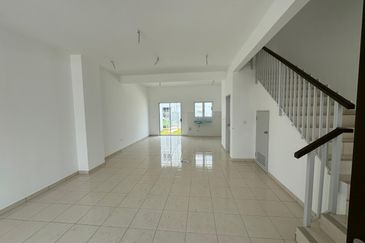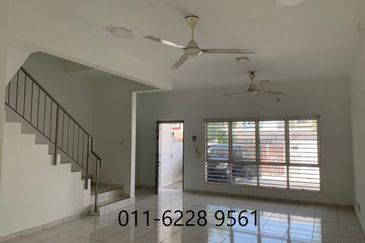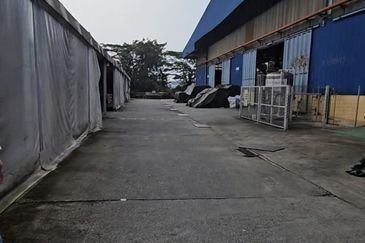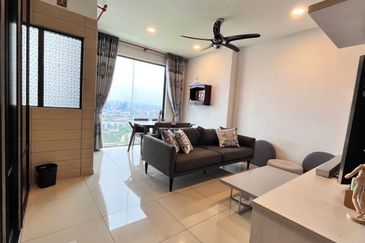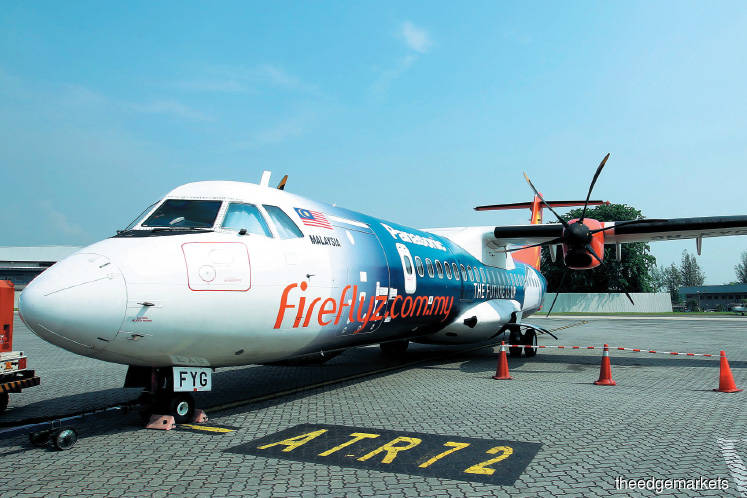
KUALA LUMPUR (Dec 5): A dispute between Malaysia and Singapore civil aviation authorities has claimed turboprop operator FlyFirefly Sdn Bhd as a casualty, which has suspended all its flights to Singapore since Dec 1 and there is no end in sight following the move by Singapore to transfer chartered business jets, private jets and turboprop operations from Changi Airport to Seletar this month, freeing up slots for larger jet aircraft.
Transport Minister Anthony Loke said Malaysia is not agreeable to the Seletar Airport’s instrument landing system (ILS), a landing navigation aid to guide aircraft to a runway, encroaching into Malaysian airspace due to sovereignty.
Loke said the Civil Aviation Authority of Malaysia (CAAM) had been unaware that the new Seletar Airport’s ILS would encroach into Malaysian airspace in the early stages of the airport’s development.
“I think CAAM is doing their job. If they are not doing their job, they would have allowed this flight path to happen [and] there will be no issue now. However, the issues will come in the future,” he told a press conference yesterday.
“The Singapore authorities have never spoken to CAAM before this. It was just recently [that] we talked about this issue when the Dec 1 deadline of Firefly’s scheduled relocation came up,” said Loke.
“Yes, they (Singapore) have been developing the Seletar Airport for a few years, but we never knew the approach they were going to take [on the ILS]. They can always guide the aircraft from the south, but the [published] ILS [shows the aircraft’s approach will be] from the north over Pasir Gudang (Johor). If they had taken the south approach, it would have nothing to do with encroaching into our airspace,” he added. When contacted, Firefly chief executive officer (CEO) Ignatius Ong said the airline’s approval to resume flights in and out of Singapore now lies with CAAM.
That is because the subsidiary of Malaysia Aviation Group has been informed by the Civil Aviation Authority of Singapore (CAAS) yesterday that all relevant approvals required from it had been granted.
“What we require is the approval from CAAM. As a sovereign airline, we will only fly with CAAM’s approval,” he told The Edge Financial Daily over the phone. Ong declined to disclose the financial impact on Firefly, but the Kuala Lumpur-Singapore sector is the second-most lucrative route for the airline.
“We definitely want to go back to Singapore, but only when we get all approvals. The Kuala Lumpur-Singapore route is not our largest revenue contributor, but it is close to the largest. The Kuala Lumpur-Penang route is our biggest sector today,” he said. On Nov 23, The Edge Financial Daily quoted Malaysia Airlines Bhd as saying that about 13,000 booked passengers will be affected by the temporary suspension of Firefly.
It was reported that Firefly was offering 20 daily flights at Changi Airport — to and from Subang, Ipoh and Kuantan. Ong said affected Firefly passengers had the option to reallocate onto Malaysia Airlines’ flights or seek a full refund.
Since Firefly announced the flight suspension, certain quarters had criticised CAAM for being ignorant of Changi Airport Group’s, the manager of the Seletar Airport, intenting to relocate its turboprop operations to the new airport.
“The situation is like when your neighbour is conducting a major renovation with a rain drainage system pointing towards your house, you should have voice out earlier instead of doing nothing until they complete the work and rainwater starts encroaching into your house.
Changi Airport Group has talked about its relocation plans since 2014, and since it is a route between Kuala Lumpur and Singapore, definitely the landing system is pointing towards Malaysia or [the] northern part of Seletar. CAAM could have taken proactive measure much earlier and talk to CAAS about this,” an industry analyst told The Edge Financial Daily.
Loke said CAAM had expressed its view to its counterpart in Singapore in a meeting last week.
“When aircraft are landing, they have to fly very low over the Pasir Gudang airspace. That would have a negative impact on the future development of Pasir Gudang. We cannot build tall buildings there if we allow the flight path. There are currently some tall buildings over the accepted limit in Pasir Gudang [with the ILS]. It is not viable for that flight path to be allowed. We are not opposing the development of the Seletar Airport; that is the [Singapore] government’s jurisdiction and authority. We respect that but their landing flight path cannot be over Pasir Gudang,” Loke said.
“We will file a diplomatic protest through Wisma Putra to Singapore. We want to be good neighbours and talk things [through] in a very diplomatic way,” he added.
This article first appeared in The Edge Financial Daily, on Dec 5, 2018.
TOP PICKS BY EDGEPROP
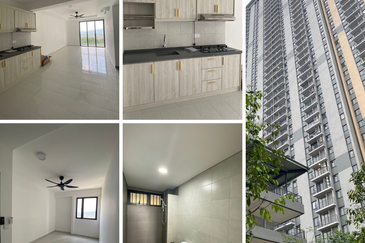
Residensi Aman Bukit Jalil
Bukit Jalil, Kuala Lumpur

Harmoni Apartment @ Eco Majestic
Semenyih, Selangor

D'Cassia Apartment @ Setia EcoHill
Semenyih, Selangor
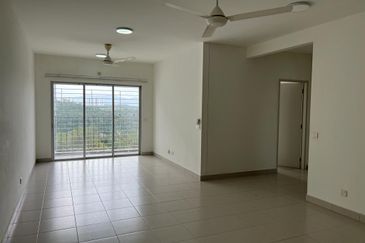
D'Cerrum Apartment @ Setia EcoHill
Semenyih, Selangor
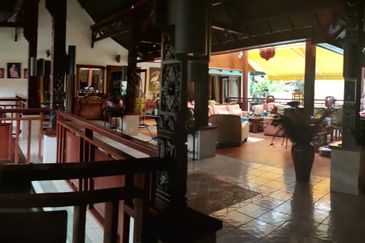
Country Heights Kajang
Country Heights, Selangor
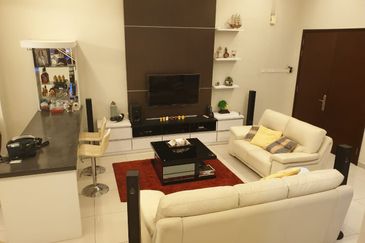
Bandar Puteri Puchong
Bandar Puteri Puchong, Selangor

SkyLuxe On The Park @ Bukit Jalil
Bukit Jalil, Kuala Lumpur
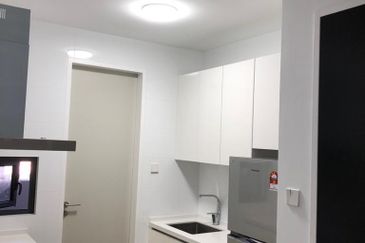
SkyLuxe On The Park @ Bukit Jalil
Bukit Jalil, Kuala Lumpur









